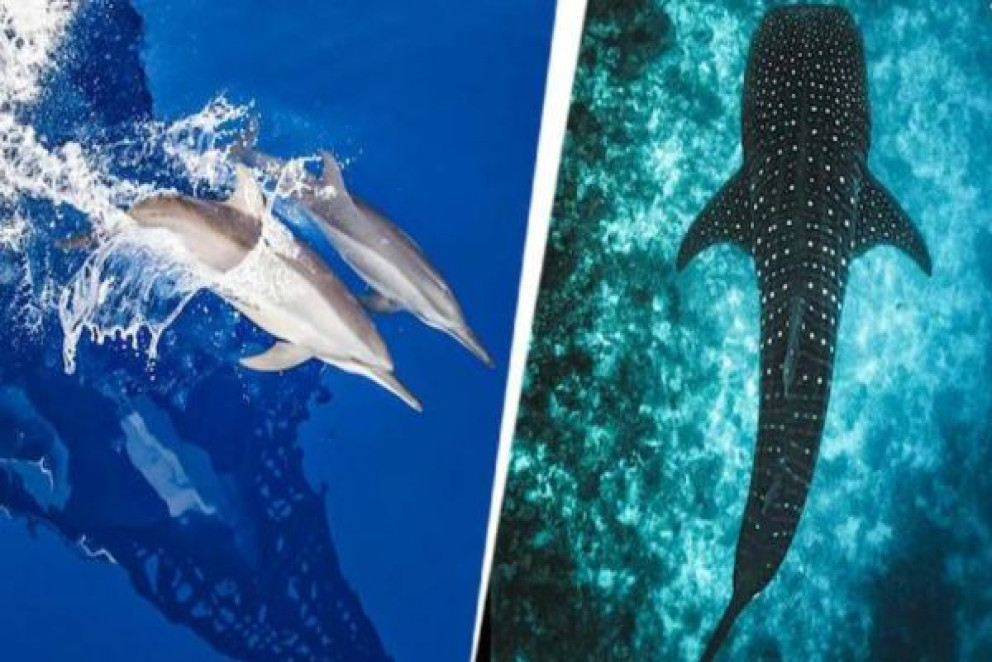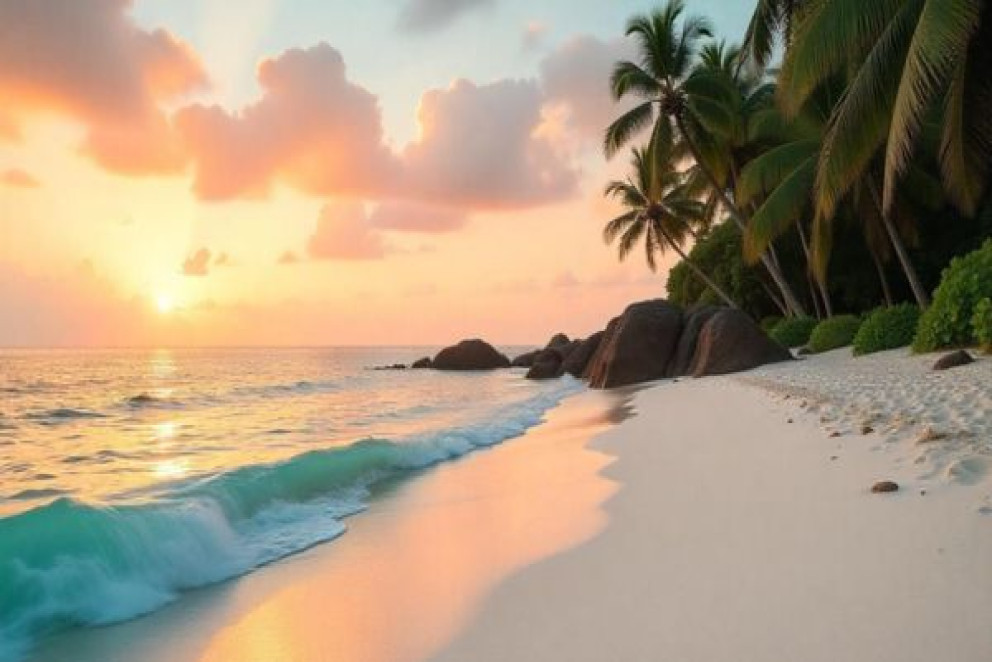Blog Details

In Maldives, sailing into sunset with dolphins and seeking the elusive whale shark by moonlight
The crystal-clear waters of the Maldives act as a window to the life of the elusive whale shark, the largest fish in the sea.
When the Vistara flight left the tarmac of Indira Gandhi International Airport this morning, Delhi was battling foggy delays, check-in fistfights, and was prepared for the worst. But luck smiled, and the plane took off. It was an unusually clear day. The destination was a gem in the Indian Ocean.
Delhi dissolved into the in-flight gin and tonic. Four hours flew by. From the cockpit, the captain said it was time to land and a peek out of the window was rewarded with magic rising out of the ocean: the Maldives.
The Airbus touched ground at the Velana International Airport in Male. Clearing the security was followed by a speedboat ride to Como Cocoa Island, a resort in the South Male atoll where the sand is white and the sea, surreal. In 40 minutes, we were on terra firma.
Maldives, a series of atolls, is home to more than 1,200 luxury resorts. Exclusivity is of the utmost importance here. One resort usually has an entire island to itself; the bigger ones occupy more.
Maldives boasts the seventh-largest coral reef in the world; an ecosystem that is struggling to cope with the threats of global warming as well as pollution. Maldives, on its part, is fighting this erosion of coral reefs with coral propagation programmes and what not.
One of the highlights of the stay at COMO Cocoa was this: coral propagation. We met their in-house marine biologist, who took us by the hand, literally, to the Indian Ocean to plant a coral frame. What is it? A coral frame is an iron frame of varying sizes, which ocean warriors then embed back into the sea bed.
The fragmentation technique that we took part in involves carefully breaking apart healthy coral colonies into smaller fragments or "coral frags".
These frags are then attached to artificial structures, such as coral nurseries or underwater frames - which we had, where they are allowed to grow and develop into new colonies. The corals were fragmented using chisels and scissors and zip ties.
When the Vistara flight left the tarmac of Indira Gandhi International Airport this morning, Delhi was battling foggy delays, check-in fistfights, and was prepared for the worst. But luck smiled, and the plane took off. It was an unusually clear day. The destination was a gem in the Indian Ocean.
Delhi dissolved into the in-flight gin and tonic. Four hours flew by. From the cockpit, the captain said it was time to land and a peek out of the window was rewarded with magic rising out of the ocean: the Maldives.
The Airbus touched ground at the Velana International Airport in Male. Clearing the security was followed by a speedboat ride to Como Cocoa Island, a resort in the South Male atoll where the sand is white and the sea, surreal. In 40 minutes, we were on terra firma.
Maldives, a series of atolls, is home to more than 1,200 luxury resorts. Exclusivity is of the utmost importance here. One resort usually has an entire island to itself; the bigger ones occupy more.
Maldives boasts the seventh-largest coral reef in the world; an ecosystem that is struggling to cope with the threats of global warming as well as pollution. Maldives, on its part, is fighting this erosion of coral reefs with coral propagation programmes and what not.
One of the highlights of the stay at COMO Cocoa was this: coral propagation. We met their in-house marine biologist, who took us by the hand, literally, to the Indian Ocean to plant a coral frame. What is it? A coral frame is an iron frame of varying sizes, which ocean warriors then embed back into the sea bed.
The fragmentation technique that we took part in involves carefully breaking apart healthy coral colonies into smaller fragments or "coral frags".
These frags are then attached to artificial structures, such as coral nurseries or underwater frames - which we had, where they are allowed to grow and develop into new colonies. The corals were fragmented using chisels and scissors and zip ties.
Source: India today



